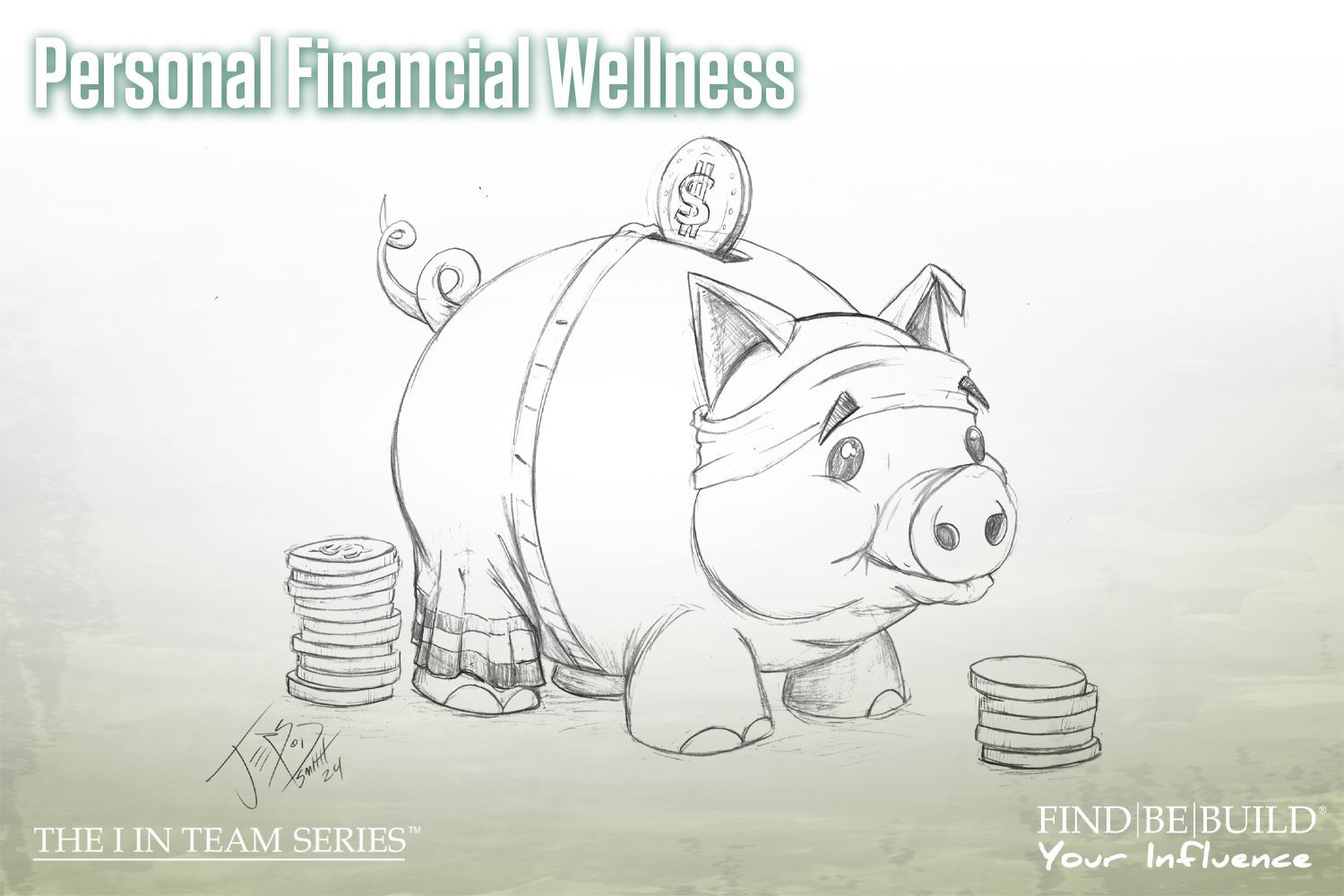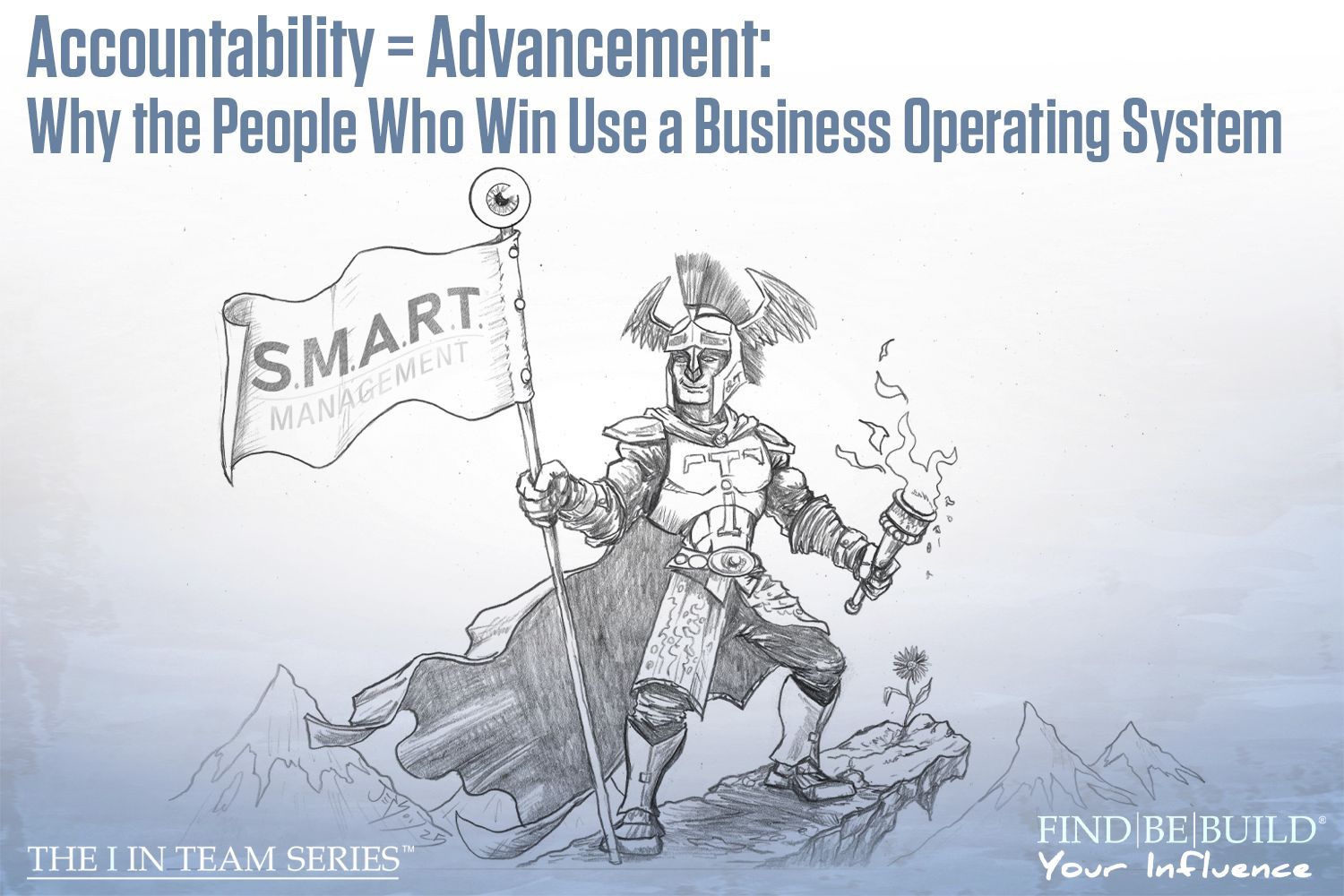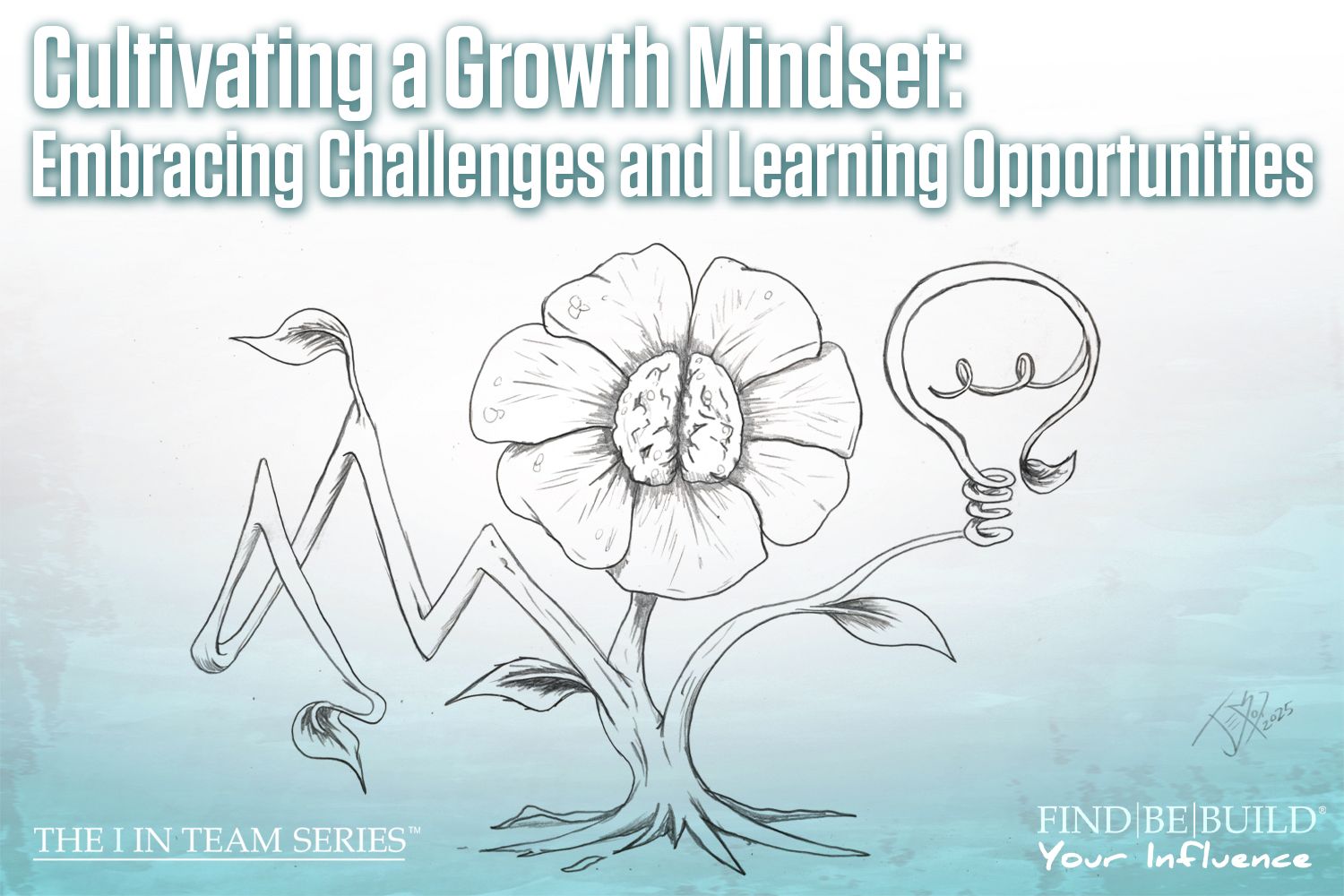Personal Financial Wellness

Business financial consulting
The “I” in Team series would like to give a special shoutout and thank you to Adam Stock, CFP® M.S. PFP, whose advisement on this blog was extremely beneficial. If you need help with personal finances, reach out to him and his company, The Next Level Planning Group.
Hi, team! It’s your friend, Mary, with the “I” in Team series where you can find, be, and build your positive influence. I am a little embarrassed to say that I have not always been the best with my personal finances. Learning how to be financially smart so I can have a secure future has been a lot, but it’s also been rewarding.
I considered how my personal finances affected my influence when I started to feel anxious about money. When I feel anxious, I am not my best self. I think irrationally, feel rushed, and have this weight on me that changes the way I view the world. So, I decided to make a change! I decided to start managing my personal finances so I can secure a successful future, and I want to share what I have learned with you.
Spend S.M.A.R.T.
Managing personal finances, especially with the goal of having a secure and successful future, is nearly impossible if you do not set S.M.A.R.T. goals for yourself. You should set both short-term and long-term financial goals by clearly specifying your financial objectives. Perhaps you want to buy a home, start a family, or save for a comfortable retirement. Then, you must make your goal measurable: How much do you want to save per week/month? Consider if your goal is attainable: How much money do you make a month and how much can you put away? Don’t set an unattainable and unrealistic goal by setting the bar too high. Be realistic about what you can afford right now, even if it’s just a little bit of your earnings, and start putting that money away. There is no better time than the present.
You will also want to ~literally~ spend smart. One way to do this is to create a realistic budget (or spending plan) and stick to it. For example, a popular method is the 50/30/20 plan: 50% for needs, 30% for wants, 20% for debt payoff, savings, and retirement. Start by considering how much you pay in rent, groceries, subscriptions, and anything you must spend money on during the month. Be sure to create a line item for fun (things you want)! But not too much fun. Avoid impulse purchases that you don’t need or that put you over your spending plan. You should be allowed to purchase fun or gift items but remember your overall goal and stay within your budget to successfully manage your personal finances.
Save Save Save!
If you’re here, it’s unlikely that you already have the finances required to reach your goal. The whole purpose of this blog is to help you understand how to reach your personal financial goals, and that will require you to save money! You should have at least two savings funds. The first is an emergency fund should anything happen to you or your job. An emergency fund should have 3 – 6 months’ worth of living expenses. If you don’t have this already, perhaps this can be your first financial goal! If you already have an emergency fund you are comfortable with, move on to regular savings for your desired goal. Have your checks automatically deposited into your savings account, or you can set up your checking account to automatically transfer a portion of your check into your savings account. Sometimes goals are easier when you can automate them. Do this today and in a few months, you’ll be amazed at how much you can save!
Make Investments
We are talking about multiple types of investments here. First, invest in yourself and your wellbeing by having health insurance. Having adequate health coverage can help protect you against any unforeseen or emergency medical expenses. You can also invest in life insurance, especially if you have dependents. Provide your family with financial security in the event of your death. The other types of investments most people are familiar with. If you can, start saving money directly from your paycheck into a 401(k), IRA, or Roth IRA. Do you work for a company that matches your 401(k) contributions? That’s great! You immediately receive a 100% return on every dollar you invest. Additionally, you can diversify your investments by using an app like Robinhood; spread your investments across various asset classes (stocks, bonds, real estate, etc.) to manage your financial risk.
Bottom Line
Having personal financial wellness doesn’t need to be difficult! Just start small with S.M.A.R.T. savings and set your goals. Create a spending plan and stick to it as often as you can by living below your means. Doing this can help you save as much money as you can which will help you achieve your goals much faster! Don’t neglect your investments, especially in yourself. With a little planning and commitment, you can be financially secure.












